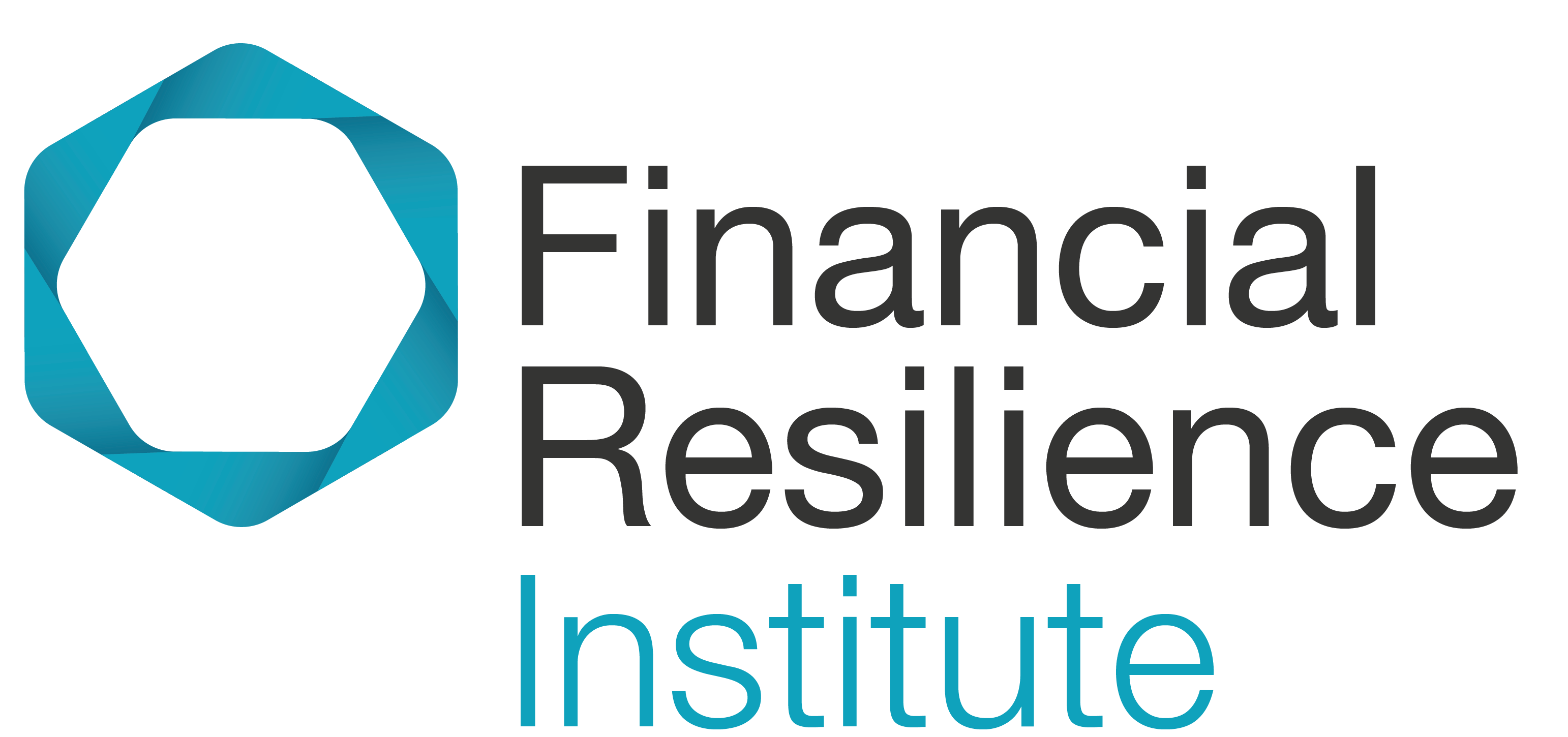
Seymour Financial Resilience Index® Development and Methodology
Index Development Process and Model
The Index is a proprietary regression model that was developed over more than five years based on an iterative process to regressing and evaluating over 35 potential indicators against self-reported “financial resilience” or “financial stress” measures, using the multiple linear regression technique.
In the end, 9 variables were determined to account for 65 percent of the variance in the financial resilience construct as of February 2024, 60 percent of the variance in the financial resilience construct as of October 2023, 63 percent as of June 2023, 62 percent as of February 2023 and June 2022, and 64 percent of the variance in the financial resilience construct as of February 2021. The regression model’s indicators (independent variables) are significant at a 95% confidence interval, with p-values less than 0.05.
The regression model has been validated against all years of Financial Well-being studies data between 2017 and 2023. This has revealed consistency in results, represented by a strong R-squared as well and similar weights of the independent variables as predictors of financial resilience. Weightings for the model are based on their overall contribution to the dependent variable in the model and are not equal.
There were five stages of index development and validation:
- Identification of potential indicators
- Data collection for Index development
- Regression model development with different combinations of potential indicators
- Indicator selection and
- Model validation.
Based on 2017 and 2018 data, six of the nine index model independent variables were available, and in the 2019 data, seven of the independent variables were available. All nine variables are available based on the February 2020 Index baseline data. In July 2022, one of the two variables within the debt composite indicator was replaced.
The Institute’s Financial Resilience Index model has a pre-pandemic baseline of February 2020 and builds on over seven years of robust national independent data.
During the pandemic, the Index was conducted three times a year to capture changes in households’ financial resilience and behaviors during one of the greatest economic shocks in history, with Index tracking in February 2020, June 2020, October 2020, February 2021, and June 2021.
Index tracking in 2022 was conducted in June 2022 with a joint report on the financial resilience and financial well-being of Canadians published with Statistics Canada, following a peer-review of the Index and comparison of Index reported data against government administrative data.
The Institute is now tracking household financial resilience three times a year in February, June and October 2023 and in future years. Index measurement and analytics be conducted more often as required.
Index indicators and data are part of longitudinal financial health, resilience, and stress longitudinal data from the 2017-2023 national Financial Well-Being studies, first designed and launched by Seymour Management Consulting Inc as it created the Seymour Financial Resilience Index®, building on its Financial Well-Being Framework. Customized questions can be added to the Financial Well-Being studies and analysed against the Financial Resilience Index model. This is a 15 to 18 minute online survey conducted with 5,000 adult Canadians from a representative sample of the population by province, age, gender, and household income, with respondents recruited through the Angus Reid Forum, Canada’s most engaged and respected online panel. All survey design, Index analytics and reporting is led by Financial Resilience Institute.
Why We Created the Index
Since the first Financial Well-Being study launched in 2017, it has been clear that financial stress, and financial vulnerability are mainstream issues in Canada, with 78% of the population not ‘Financial Resilient’ and 25% of households having a liquid savings buffer of less than three weeks as of February 2023. Financial vulnerability and hardship are much more significant for more vulnerable and underserved populations, with many knock-on effects impacting the health, personal well-being and lives of Canadians.
Our Index highlights that there is a strong connection between financial well-being and overall personal well-being, and between financial resilience and the overall resilience. The pandemic was a major shock to households, but financial vulnerability was a challenge before then, and is still a challenge post-pandemic. Our data shows are also many gaps that can be filled for Canadians and specific populations – including from a financial inclusion and financial empowerment perspective.
The Index was created by Eloise Duncan of Seymour Management Consulting Inc., her social enterprise which has now become the non-profit Financial Resilience Institute.
The Index is being levered as community asset for good. It has many applications, but one of its most important ones is to shine a light on Canadian populations that are most financially vulnerable and/or underserved. This enables robust independent impact measurement, support financial health and resilience innovation and targeted interventions for specific customer, citizen, employee or community populations over time.
October 2023 Index Release Report
Financial Inclusion and Access to Financial Help Challenges for more Financially Vulnerable or Underserved Populations
June 2023 Index Report
Original Index Release Report (2020)
.
Find out more about Index applications or contact us to learn more.
Seymour Financial Resilience Index® is a registered trademark used under license by Financial Resilience Society, dba Financial Resilience Institute
